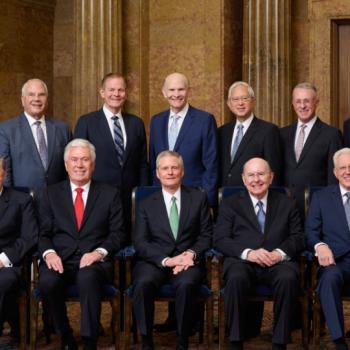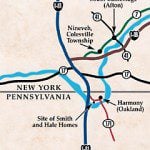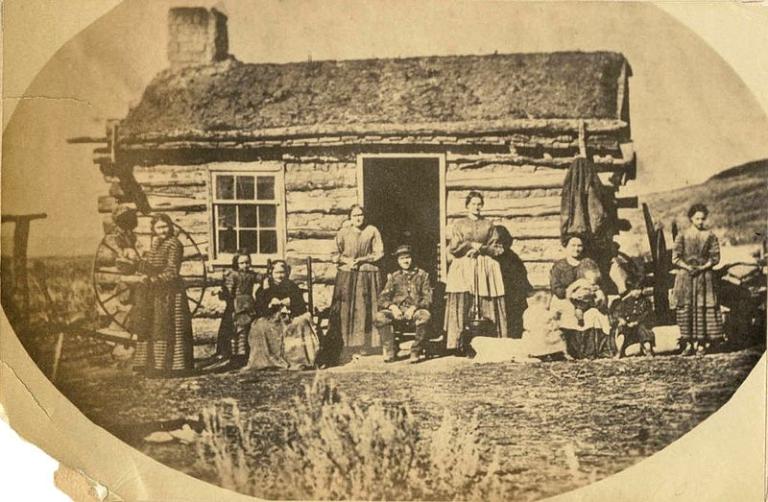
There have been a couple of polls in the news over the past week or two that touch on Latter-day Saints, and they’ve been followed by some very animated conversations about what they portend. (A substantial proportion of American Latter-day Saints are Christian nationalists? And we’re really unpopular? Aieee!) Here are a trio of links concerning the pair of polls, two of which suggest that there’s more to the stories — or, perhaps better, less to the stories — than some have attempted to argue. I also offer a bonus link that isn’t especially concerned with Latter-day Saints:
National Review: “Confessions of a ‘Christian Nationalist’: Sociologists use a nebulous term to classify half the country as dangerous extremists”
Do you consider yourself a “Christian nationalist”? Would you be a “Christian nationalist” by the standards given in Rachel Lu’s National Review article? I might be, despite my distinct lack of, umm, sympathy for the 6 January 2021 assault on the Capitol of the United States and my failure to vote for either of the major-party presidential nominees in either 2016 or 2020 and notwithstanding my deplorable lack of enthusiasm for our 45th president. Heck, I don’t even want Christianity, let alone evangelical Protestant Christianity, enshrined as the official religion of the United States.
Dr. Stephen Cranney, for the Deseret News: “Perspective: What happens when the religiously illiterate are asked about Latter-day Saints: Latter-day Saints are among faith groups that ranked negatively in a recent survey. But it’s likely that people are not distinguishing between major faith groups and their controversial offshoots”
Obviously, with regard to the latter item, Latter-day Saints have a great deal of work to do in order to improve our image. I wouldn’t care about our “image” too much, of course, if it didn’t interfere with the ability of many in America and beyond even to accurately hear us, let alone to fully understand our message. But how many doors do our missionaries fail to get into because people imagine that they already know enough about us, and because what they “know” is so negative. “It ain’t what you don’t know that gets you into trouble,” Mark Twain is supposed to have said, “but what you know for sure that just ain’t so.” (Years and years ago, I was in Australia for a national lecture tour that was sponsored by the area presidency of the Church there. It involved not only lectures, but dinners, luncheons, receptions, and a lot of mingling with local, regional, and national political figures, including a substantial one-on-one meeting with Kevin Rudd, who went on shortly thereafter — no doubt because of my sage and timely counsel — to become the prime minister of Australia. At least two of the folks whom I met at receptions, presumably hoping to be friendly and conversational, told me that they knew quite a bit about my church because they were regular viewers of Big Love. Kevin Rudd, by the way, was not among them.)
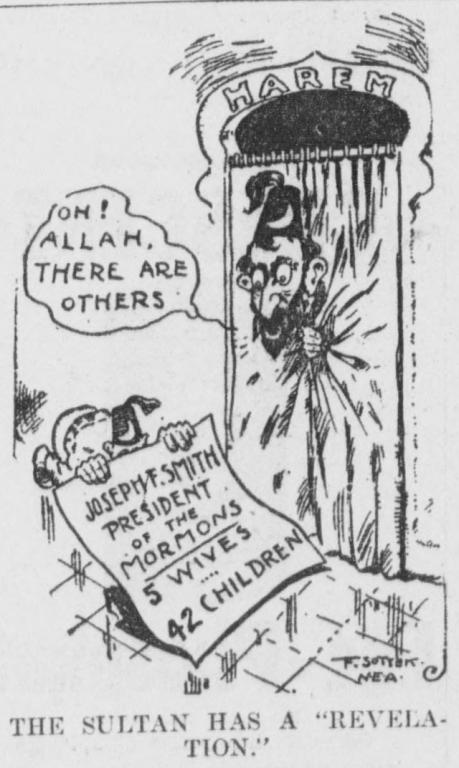
(Wikimedia Commons public domain image)
The major elements of the public image of the Latter-day Saints, I think, continue to be that we’re white, oppressive, secretive, patriarchal, cultish (in the popular sense of that ill-defined term), and reactionary. I think it imperative that we work to correct that image. We are, in fact, decreasingly white. (I’ve recently posted accounts of my adventures in predominantly Polynesian wards in Kona and Lahaina, Hawaii, and the Church is certainly booming in Africa and growing in Latin America.) Portions of our temple worship are, in fact, secret (or, if you prefer, sacred), but the Church is trying very hard to be as open and transparent about the temple and things associated with the temple as it feels permitted to be. And, otherwise, we’re notoriously committed to sharing the basics of our faith with as many as will listen, via our missionaries and in other ways. The term cult and cultish are so vague as to be pretty much useless, but they’re essentially false if they’re intended to portray us as akin to Jonestown or even the FLDS. For one thing, we don’t live in “compounds,” and we never have. As for “oppression,” well, what some find “oppressive” others find liberating. In terms of “patriarchy,” I would respond as a first step with such things as Sharon Eubank’s wonderful 2014 address, “This is a Woman’s Church.”
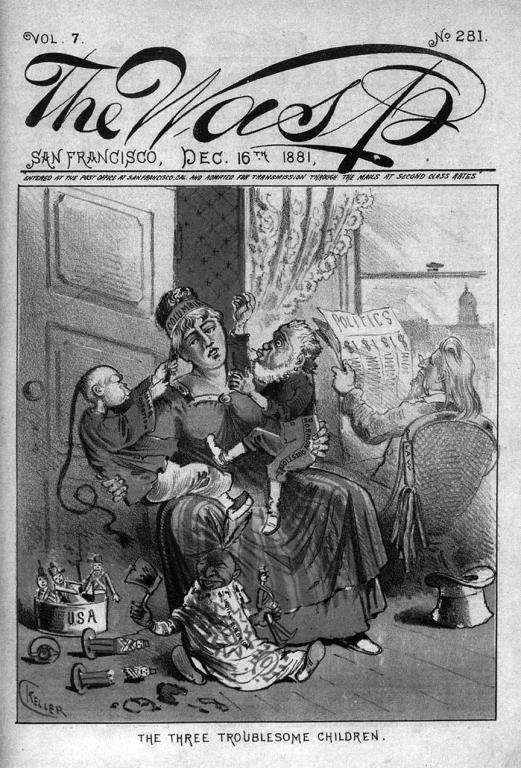
(Wikimedia Commons public domain image)
It’s high time now for some horrifying links from the Christopher Hitchens Memorial “How Religion Poisons Everything” File©:
“Relief Society in Action, February 2023.”
“Relief Society in Action highlights the volunteer service of Latter-day Saint women in their communities around the world. The Relief Society is an organization of The Church of Jesus Christ of Latter-day Saints for women aged 18 and older. It has more than 7.1 million members and is one of the largest women’s organizations in the world. Today we feature news spanning the last few months from Australia, Bolivia, Germany and Peru.”
And here’s something from our sister organization Scripture Central, formerly Book of Mormon Central — that might offend some of my readers and fill them with a gratifying sense of indignation: “Theatrical Debut of New Inspirational Video Series Set to Premiere in St. George.” It’s too late, of course, for the video series premiere. But keep your eyes open for the videos.
There is also some chillingly Hitchens-File©-relevant material in this story: “Youth from the Middle East and Africa North Area Gather for Historic Conference: More than 200 Latter-day Saints participate in first area-wide FSY event”
And, finally, I submit this infuriating story: “How the Church of Jesus Christ Is Helping Earthquake Victims in Türkiye and Syria: The Church is committed to helping Turks and Syrians recover and rebuild”






